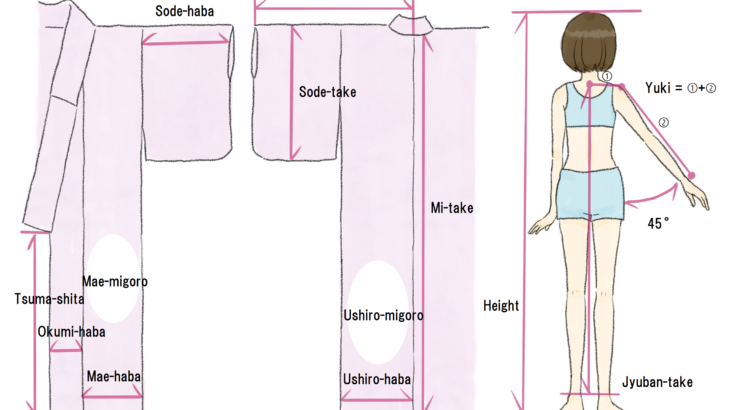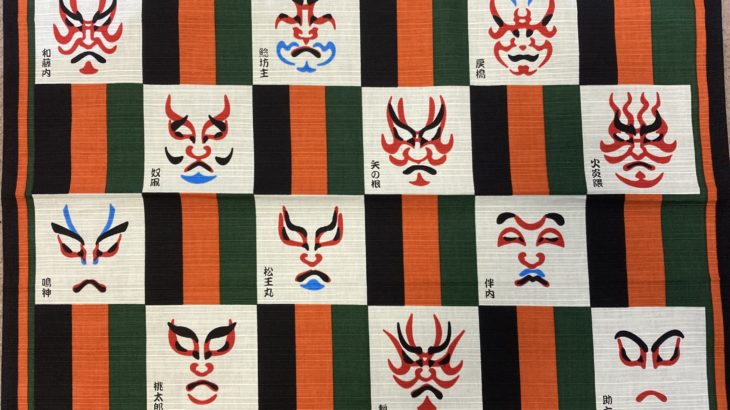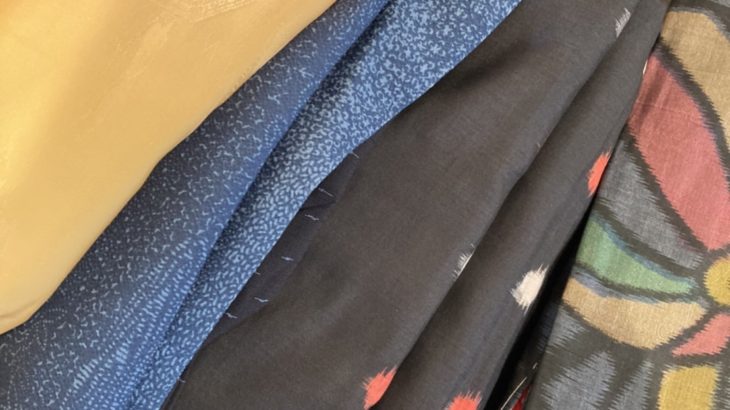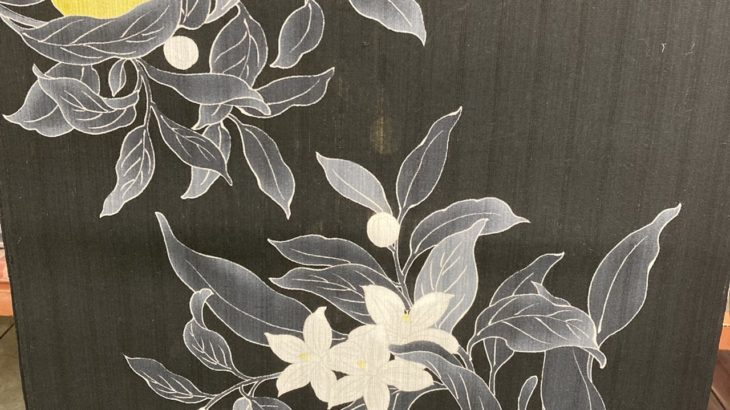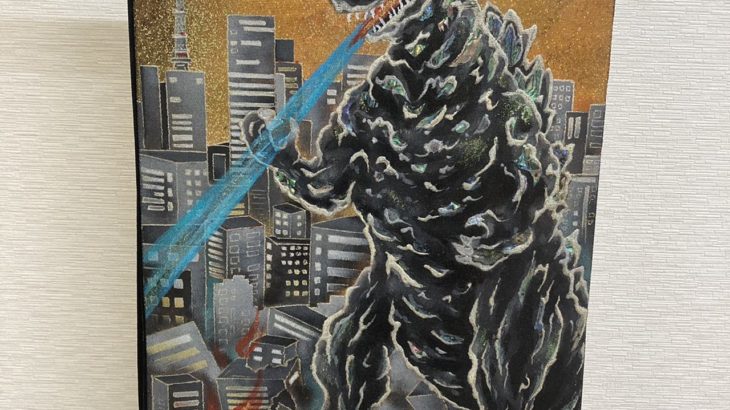Hello, this is Shinji from “Warashibe-choja.jp”. This time, I would like to talk about your size kimono.
When measuring the dimensions of kimono, people with a long kimono industry use “Kujira-Jaku”. In recent years, it is often expressed in centimeters in online shopping. I want to make this site to convey Japanese culture overseas, so this time I will tell you in centimeters. I also managed a major recycling kimono company, so I would like to introduce how to wear kimonos that do not fit in size in the future.
What is Kujira-Jaku?
There are various theories, but in Japan it is said that the ruler used for Japanese dressmaking is derived from the ruler made of baleen (= whale). One shaku of Kujira-Jaku is equivalent to 1 Shaku 2 Sun 5 Bu of Kane-Jaku, which is generally called, and is 37.88 cm. It was banned after 1959, but was re-approved in 1977. Traditional kimono shops often use the whale scale that has been used since the Edo period. ( Please note that Kane-Jaku may be used in the Tohoku region. )
How to know your dimensions
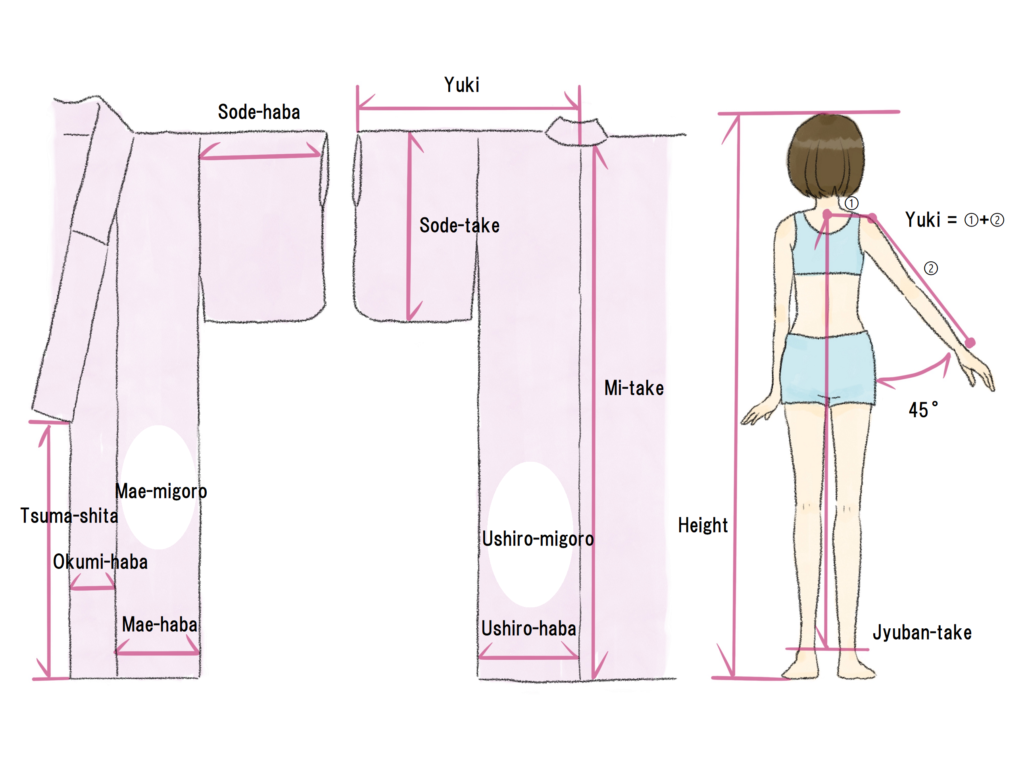
Where do you measure your body shape to make a kimono? I think many people wonder. Simply put, you can make a kimono by measuring 4 places.
1, height → determine “Mi-Take”
2, bust → determine “Daki-Haba”
3, hip → determine “Mi-Haba”
4, hand length → determine “Yuki”
In addition, it would be better if you could measure Jyuban-Take and Coat-Take, but you can calculate some numerical values. Of course, we professional kimono shops look at the person’s body shape and slightly modify the dimensions to make it easier to wear.
Recycled kimono size
When dealing with recycled kimono, kimono shoppers often feel uncomfortable with this dimension. Is it possible to wear it because it is a kimono of other people’s dimensions? I think some people say that. As for kimono, if you are about ± 5 cm tall, you can wear it without any problems. However, many old kimonos have a short “Yuki” (= hand length).
It’s good if you don’t mind, but kimono and Jyuban, kimono and Haori, kimono and coat have a rule of sleeve length and sleeve length, and when the lengths match, you will get a beautiful kimono.
Kimono / jyuban / haori / coat size
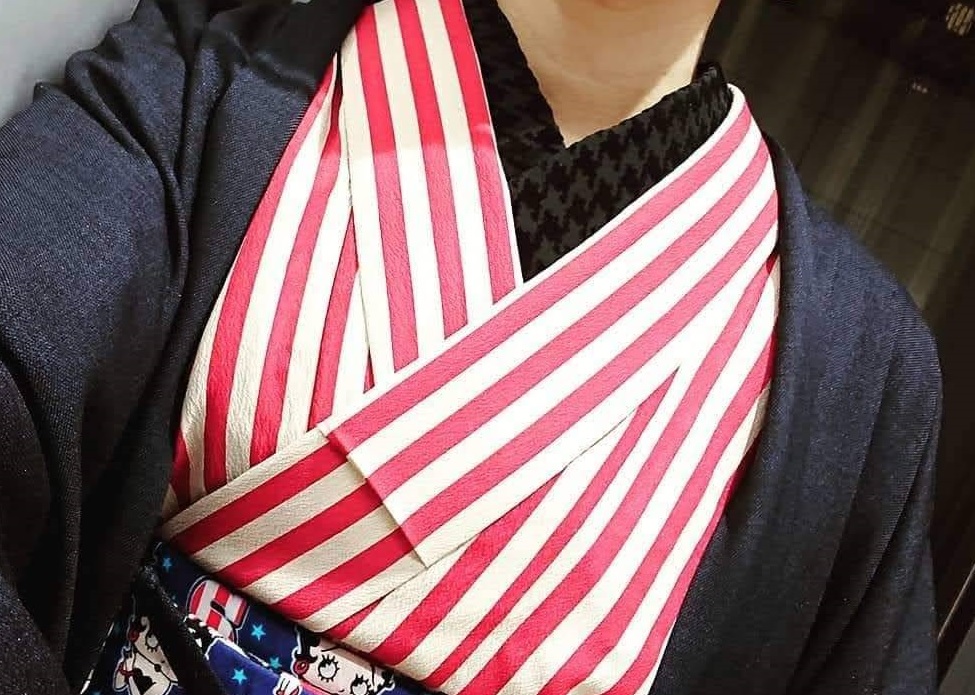
Naga-Jyuban dimensions
Yuki: Kimono size-0.8 cm
Sode-haba: Kimono size-0.8 cm
Sode-take: Kimono size-0.8 cm
Sode-tsuke: Kimono size-0.8 cm
Mae-haba: Kimono size + 3.78 cm
Ushiro-haba: Kimono size + 1.8 cm
Haori dimensions
Yuki: Kimono size + 0.4 cm
Sode-haba: Kimono size + 0.4 cm
Sode-take: Kimono size-2.0 cm
Sode-tsuke: Kimono size + 0.4 cm
Mae-haba: Kimono Ushiro-haba-11.34 cm
Ushiro-haba: Same size
Coat dimensions
Yuki: Kimono size + 0.8 cm
Sode-haba: Kimono size + 0.8 cm
Sode-take: Kimono size-1.0 cm
Sode-tsuke: Kimono size + 0.8 cm
Mae-haba: Kimono Mae-haba-3.78 cm
Ushiro-haba: Same size
Men’s kimono and jyuban / haori size
The shape of the kimono for men and women is slightly different, so the size will change as well. There are two major points to remember regarding the difference between men’s and women’s kimonos.
1, There is no space between the sleeves and torso called “Miyatsu-guchi”.
2, There is no “Ohasyori” when you wear it, so the men’s kimono Mi-take = Ki-take. Height -25 to 30 cm. Kimono for women Mi-take = height ± 5 cm.
Naga-Jyuban dimensions
Yuki: Kimono size-1.8 cm
Kata-haba: Kimono size-1.0 cm
Sode-haba: Kimono size-0.8 cm
Sode-take: Kimono size-0.8 cm
Sode-tsuke: Kimono size-1.8 cm
Mae-haba: Kimono size + 3.78 cm
Ushiro-haba: Kimono size + 1.8 cm
Haori dimensions
Yuki: Kimono size + 0.4 cm
Kata-haba: Same size
Sode-haba: Kimono size + 0.4 cm
Sode-take: Kimono size + 0.4 cm
Sode-tsuke: Same size as Haori’s Sode-take
Mae-haba: Kimono Ushiro-haba-11.34 cm
Ushiro-haba: Same size
Nowadays, there are ways to use blouses and long skirts well and have fun wearing kimonos that don’t fit. However, if you know the basics, it will be a guide, so I would appreciate it if you could refer to it. I’d like to make another video about how to do that, so please look forward to it.
